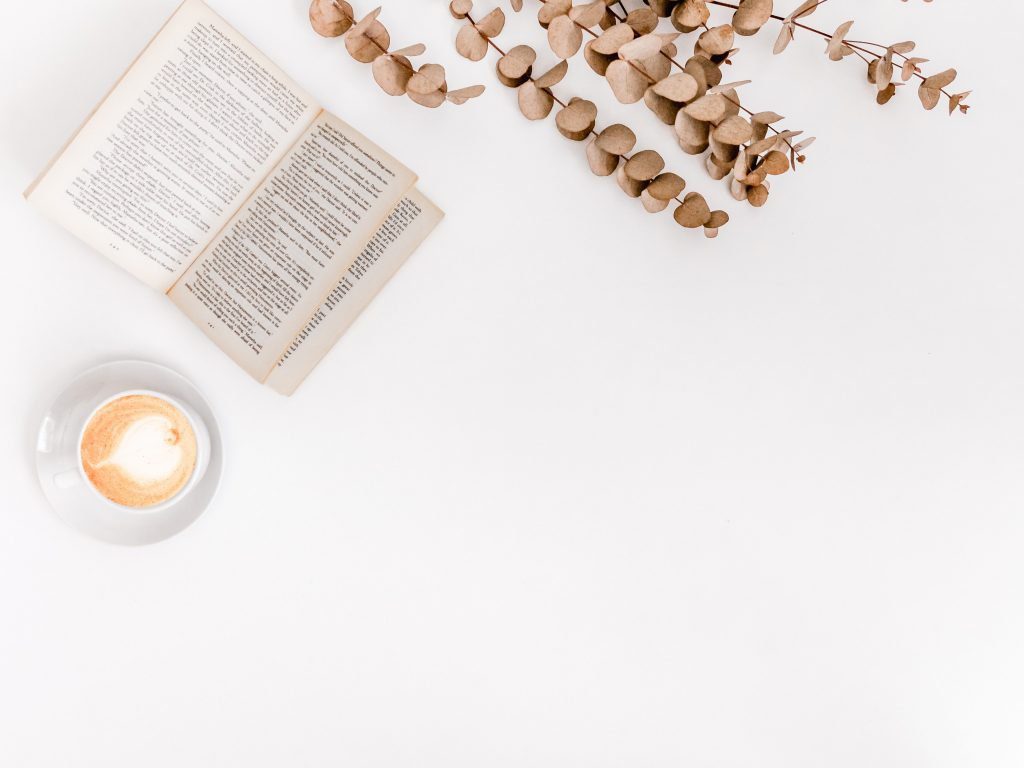This post may contain affiliate links, which means I’ll receive a commission if you purchase through my links, at no extra cost to you. Please read my full disclosure for more information.
“The Creative Act: A Way of Being” is a book about embodying creativity, and is written by world-renowned music producer Rick Rubin.

- Date finished: May 16th, 2024
- Pages: 406
- Format: Hardback
- Form: Non-Fiction
- Language read: English
- Series: Standalone
- Genre: Non-Fiction | Art | Self-Help
“The Creative Act” is a collection of short chapters guiding readers to live and embody a more creative life.

I enjoyed specific fragments and chapters of “The Creative Act” by Rick Rubin. My expectations were way too high for this book because I watched some of Rubin’s interviews before committing to purchasing this pricey hardcover book. I will try to be both fair and honest in my review.
Had I not deeply enjoyed some passages, I would not have written a blog post (and its resulting YouTube video) about this book. You can read that post here. And watch the video here.
Although I was pleasantly surprised and inspired by some parts of this book, I agree that the rest of the book read like ill-fated Instagram clichés.
However, this book should be seen as a coffee table book more than a how-to guide. It should be seen as an appetizer for those who wish to embark on a creative path. For seasoned creatives, this one will prove to be lackluster and all over the place.
Had I not read this at the right time, a time in which I was desperate to reconnect with my writing, I might have left more dissatisfied by the reading experience. Thankfully, this was not the case.
As I said, there are some great gems dispersed throughout this book. I’ll share some of these gems as quotes down below!
Self-doubt lives in all of us. And while we may wish it gone, it is there to serve us.
Flaws are human, and the attraction of art is the humanity held in it. If we were machinelike, the art wouldn’t resonate. It would be soulless. With life comes pain, insecurity, and fear.
We’re all different and we’re all imperfect, and the imperfections are what makes each of us and our work interesting. We create pieces reflective of who we are, and if insecurity is part of who we are, then our work will have a greater degree of truth in it as a result. (p. 73)
A rule is any guiding principle or creative criterion. It might exist within the artist, the genre, or the culture. Rules, by their nature, are limitations.
The laws of math and science are different from the rules we are looking at here. Those laws describe precise relationships in the physical world, which we know to be true by testing them against the world itself.
The rules artists learn are different. They are assumptions, not absolutes. They describe a goal or method for short-term or long-term results. They are there to be tested.
And they are only of value as long as they are helpful. They are not laws of nature. (p. 97)
If you’ve truly created an innovative work, it’s likely to alienate as many people as it attracts. The best art divides the audience. If everyone likes it, you probably haven’t gone far enough.
In the end, you are the only one who has to love it. This work is for you. (p. 194)
Great art is an invitation, calling to creators everywhere to strive for still higher and deeper levels. (p. 239)
⭐⭐⭐






Leave a Reply